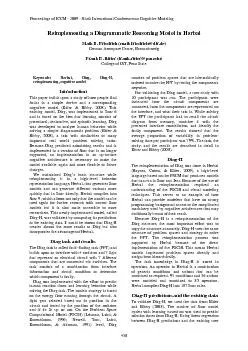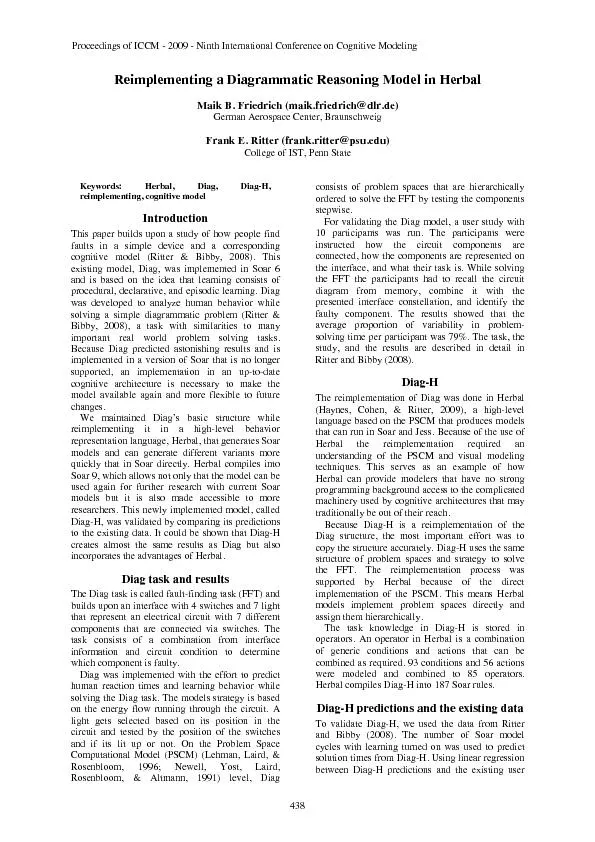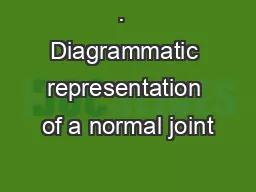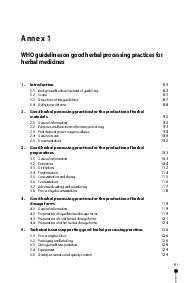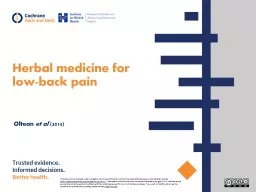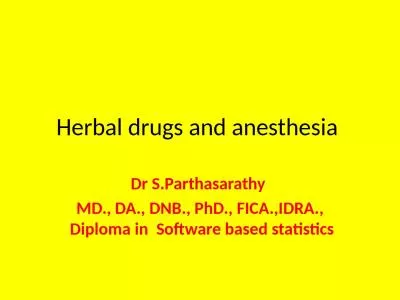PDF-Reimplementing a Diagrammatic Reasoning Model in Herbal Maik B. Friedr
Author : kittie-lecroy | Published Date : 2015-10-08
data an average motor output time B 142 s andan average time as slope of decision cycles 0187 ms was calculated To determine how accurate the model predicts individual
Presentation Embed Code
Download Presentation
Download Presentation The PPT/PDF document "Reimplementing a Diagrammatic Reasoning ..." is the property of its rightful owner. Permission is granted to download and print the materials on this website for personal, non-commercial use only, and to display it on your personal computer provided you do not modify the materials and that you retain all copyright notices contained in the materials. By downloading content from our website, you accept the terms of this agreement.
Reimplementing a Diagrammatic Reasoning Model in Herbal Maik B. Friedr: Transcript
Download Rules Of Document
"Reimplementing a Diagrammatic Reasoning Model in Herbal Maik B. Friedr"The content belongs to its owner. You may download and print it for personal use, without modification, and keep all copyright notices. By downloading, you agree to these terms.
Related Documents

